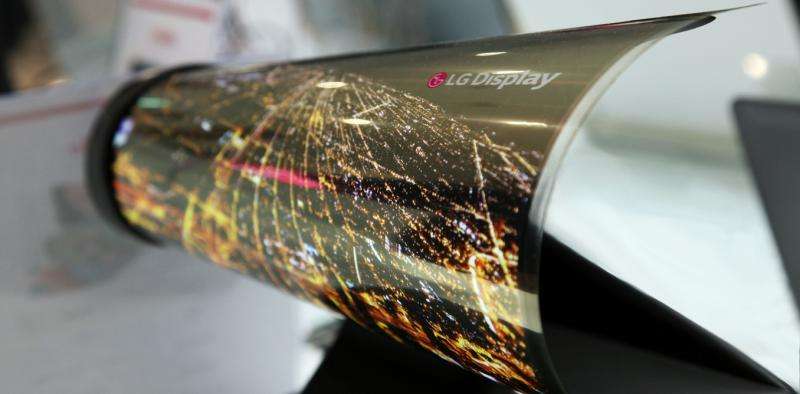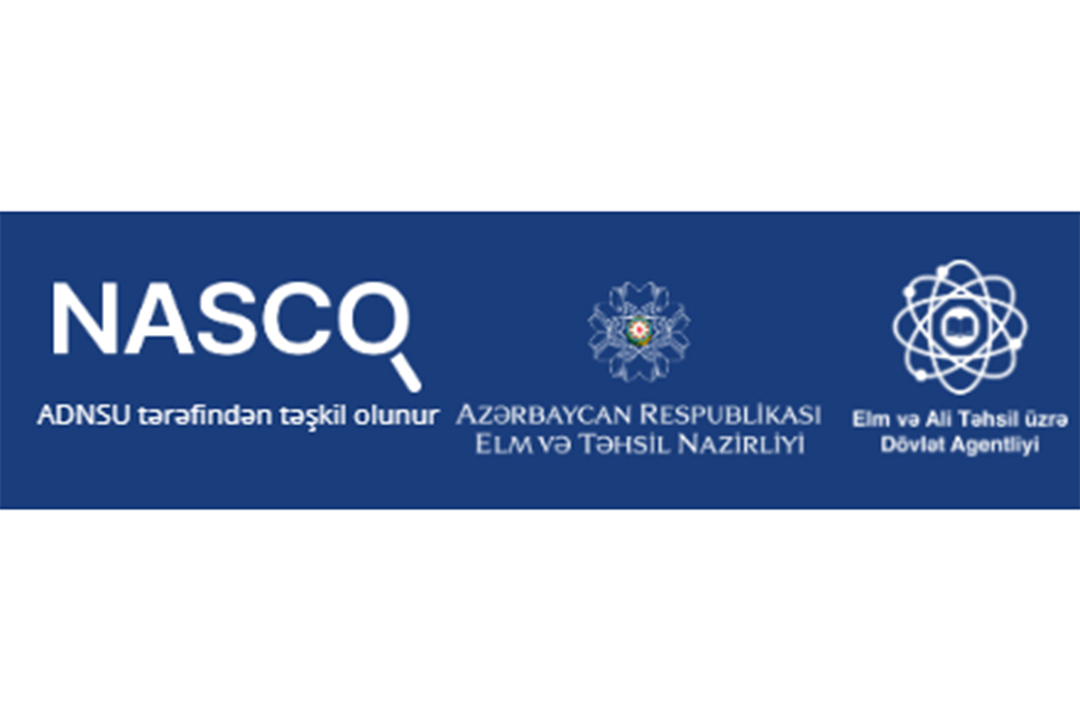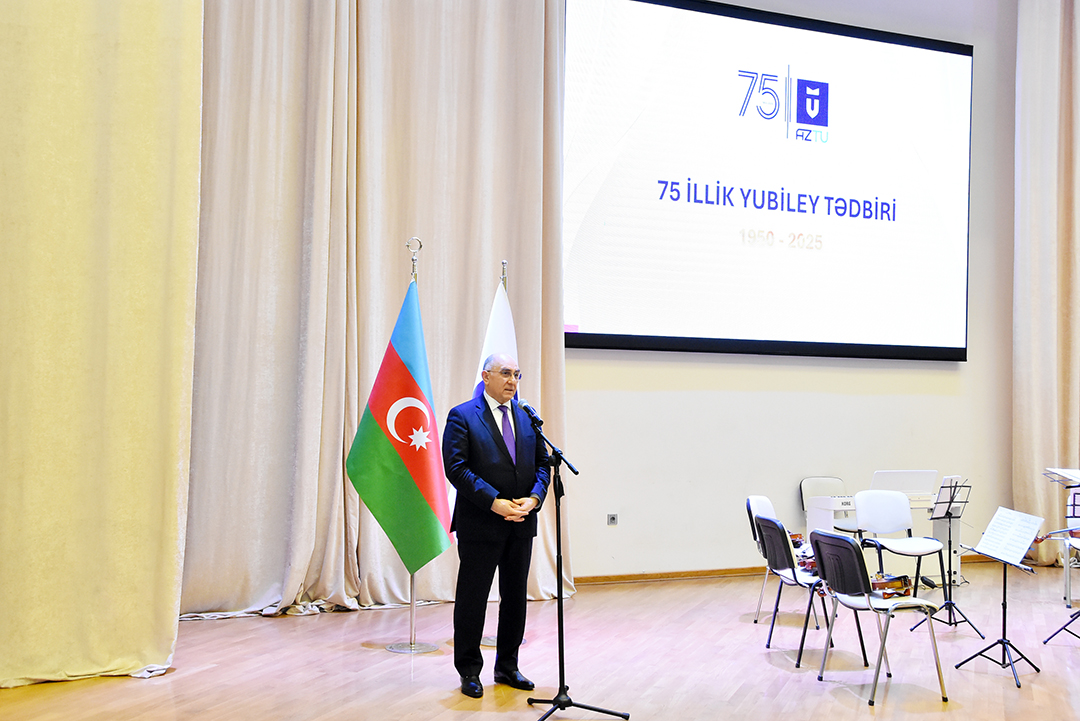NEWS
Large flexible displays plan to make nanoparticles of gold and polymers

The pixel size defines several display parameters. The smaller the pixel size, the more they can fit on a unit of screen area and the higher the display resolution. On the other hand, the pixel size determines the flexibility of the screen: small size means more flexibility.
Scientists at the University of Cambridge have developed a new pixel technology for flexible screens. In their center is a tiny particle of gold with a diameter of several nanometers, surrounded by a sticky coating. This particle is located on a surface that reflects light.
When light hits the particle, it is reflected from the bottom surface and passes through the particle. The sticky coating has such a composition that it can hold light of a certain range of wavelengths in itself. This range can be changed by applying a different voltage to the particle. Holding part of the wavelengths, the device allows you to “isolate” the desired color from the spectrum, thus coloring the entire pixel.
The sticky coating around the gold nanoparticles is a polymer called polyaniline, and the light reflecting substrate is made of flexible plastic with a mirror coating.These pixels can work in normal sunlight, and when you turn on the screen backlight. In daylight, a display of such pixels may consume less energy than existing displays of smartphones and screens located on the streets. They can also switch between high-frequency states — up to 50 times per second. Thanks to this pixel size, specialists can create an image even on a surface that is only 10% covered with developed “nano-pixels”.
Now a group of scientists is working to improve the color range of pixels and is looking for partners for further development of the technology.




